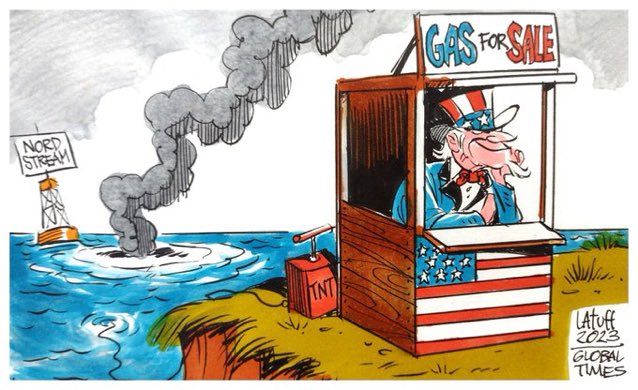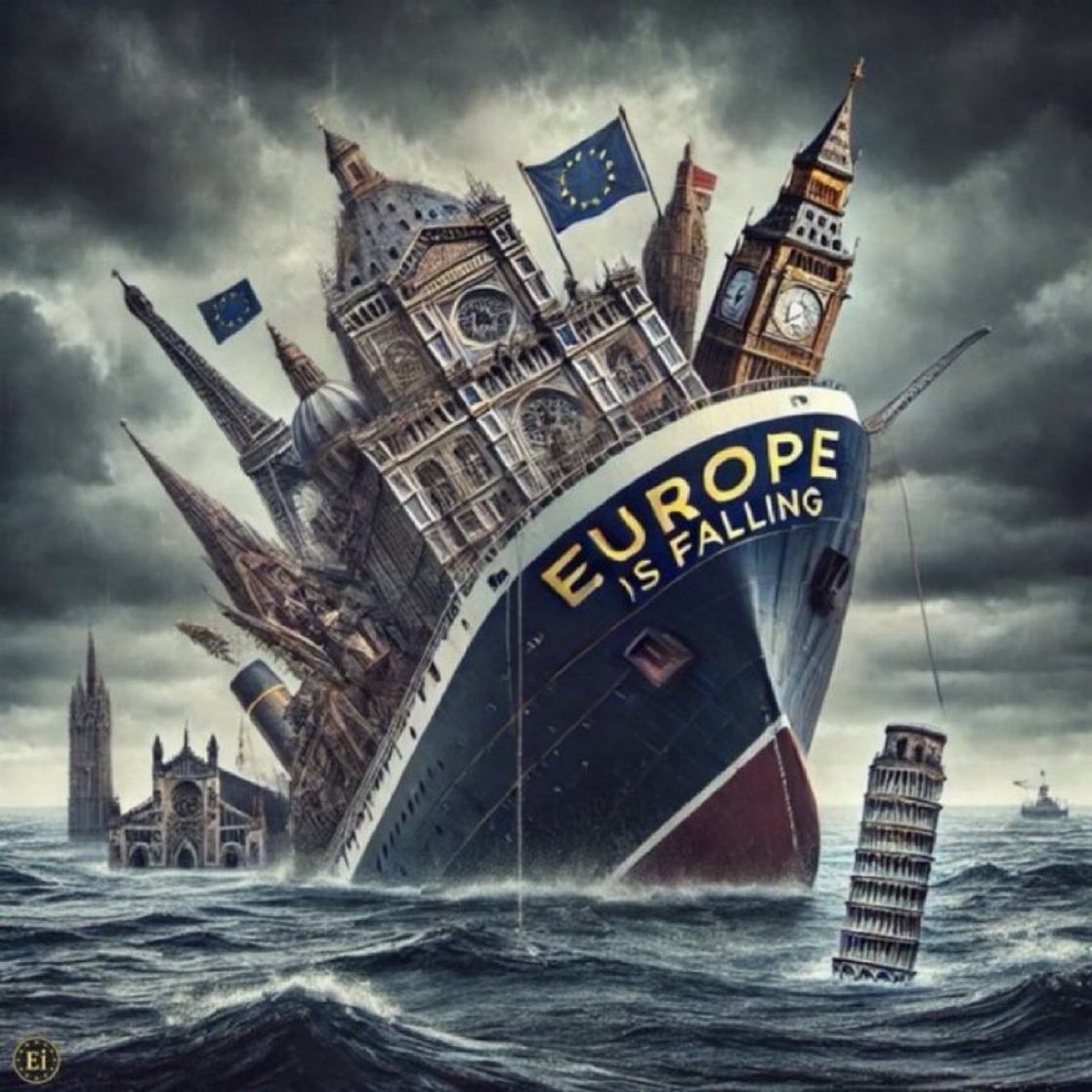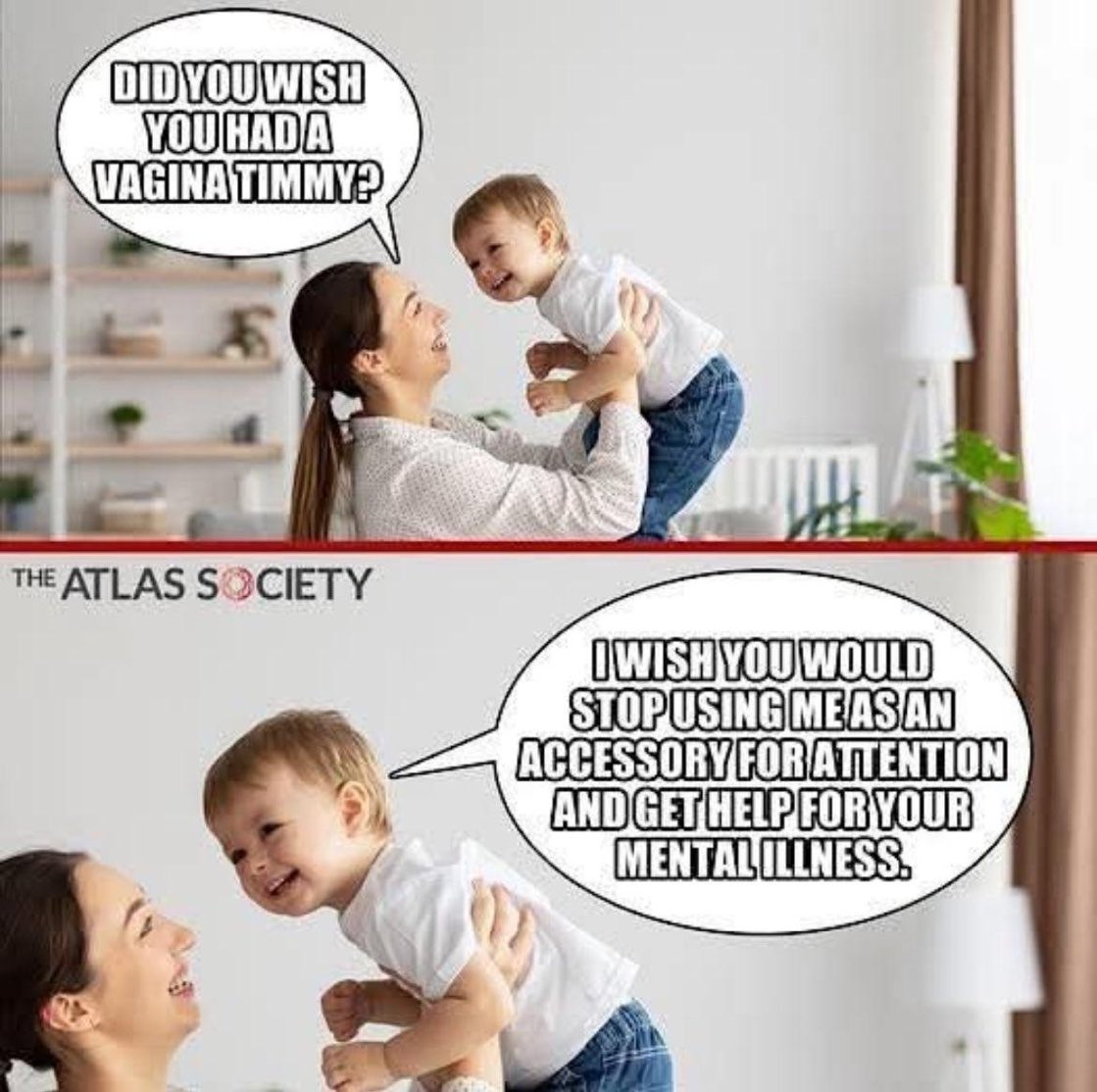Eisenhower — There is no glory in battle worth the blood it costs.
H. G. Wells — If we don’t end war, war will end us.
Yet #MilitaryIndustrialComplex seems to be making every effort to prolong wars at any cost possible.
A thread 🧵 for awareness 👇
H. G. Wells — If we don’t end war, war will end us.
Yet #MilitaryIndustrialComplex seems to be making every effort to prolong wars at any cost possible.
A thread 🧵 for awareness 👇

Here’s a previous thread 🧵 on wars
https://twitter.com/deepbluecrypto/status/1623729641193193472
Most western wars have been started, funded and fought for wrong reasons.
Always question the ulterior motive behind the war, not their rhetoric
🔴 Real motives for wars:
- money, gold, oil, resources, power
🔴 Fake war signals:
- for democracy
- for world peace
- for… twitter.com/i/web/status/1…
Always question the ulterior motive behind the war, not their rhetoric
🔴 Real motives for wars:
- money, gold, oil, resources, power
🔴 Fake war signals:
- for democracy
- for world peace
- for… twitter.com/i/web/status/1…
Putin is not a mad man as the western media makes it out to be.
Western leaders aren’t great guys as the western media portrays them.
Western leaders aren’t great guys as the western media portrays them.

WHY DOES PUTIN ENJOY WIDE SUPPORT FROM RUSSIA UNLIKE WHAT WESTERN MEDIA PORTRAYS
https://twitter.com/deepbluecrypto/status/1627988292774887424
The explosion of the #NordStream pipelines is one of the biggest acts of economic sabotage carried out on the #EU. So it is very, very strange that there is no appetite for investigation no appetite for accountability, or restitution. Who is the biggest … twitter.com/i/web/status/1…
China is aiding Russia to help with their efforts to defeat NATO allies.
China trade ties with Russia deepened after the economic sanctions. Chinese Yuan trades are worth 20% currently compared to 1% before the sanctions.
China trade ties with Russia deepened after the economic sanctions. Chinese Yuan trades are worth 20% currently compared to 1% before the sanctions.
#MilitaryIndustrialComplex has a way of changing the wars through lies
- Vietnam
- Korea
- Libya
- Iran
- Iraq
- Japan
- Germany
- Syria
- Kuwait
- Grenada
- Panama
- Afghanistan
…
…
and now “UKRAINE”
- Vietnam
- Korea
- Libya
- Iran
- Iraq
- Japan
- Germany
- Syria
- Kuwait
- Grenada
- Panama
- Afghanistan
…
…
and now “UKRAINE”

🔴 Your duty:- Work hard, pay your taxes, don’t ask dumb questions
🔴 Govt. duty:- Hardly work, spend your tax dollars plus borrow debt on your future tax dollars and spend it all on unnecessary things like wars, military, private jets, motorcades, armored vehicles, climate… twitter.com/i/web/status/1…
🔴 Govt. duty:- Hardly work, spend your tax dollars plus borrow debt on your future tax dollars and spend it all on unnecessary things like wars, military, private jets, motorcades, armored vehicles, climate… twitter.com/i/web/status/1…

It is USA not China, pouring weapons into the Ukraine battlefield.
USA has no right to tell China what to do or how to run its operations.
🔵 China stands for peaceful negotiations with Russia & Ukraine
🔵 USA stands for aggression & escalation … twitter.com/i/web/status/1…
USA has no right to tell China what to do or how to run its operations.
🔵 China stands for peaceful negotiations with Russia & Ukraine
🔵 USA stands for aggression & escalation … twitter.com/i/web/status/1…
#MilitaryIndustrialComplex is strong on this one — USA, UK, EU etc. 

Listen to the people, stop spending US taxpayer money on unnecessary wars for the #MilitaryIndustrialComplex 

Biden blew up #NordStream pipeline
Biden offers US LNG for sale
Europe suckers in for 4x the price
EU is the biggest loser in this trade
Biden offers US LNG for sale
Europe suckers in for 4x the price
EU is the biggest loser in this trade

• • •
Missing some Tweet in this thread? You can try to
force a refresh













